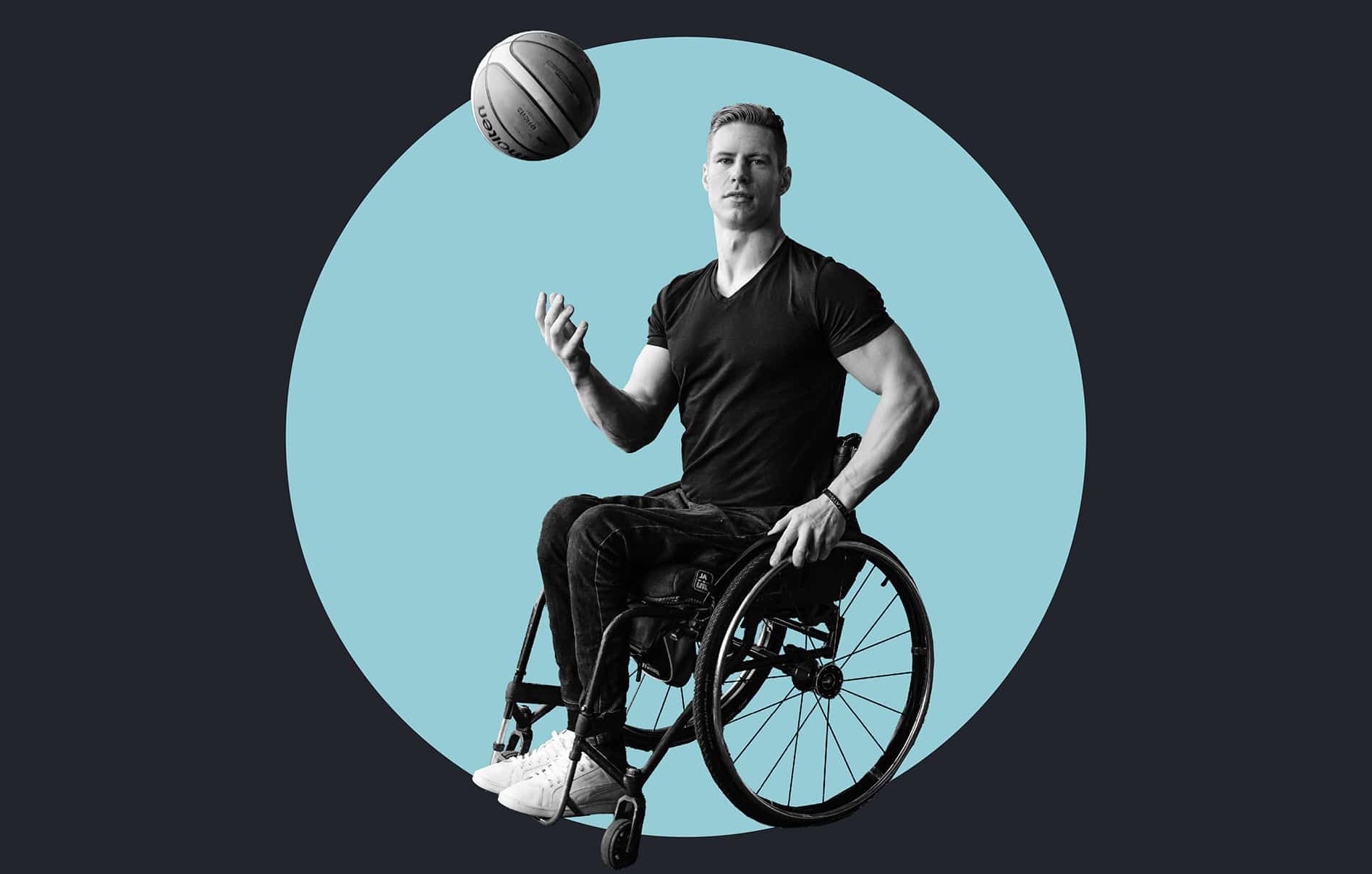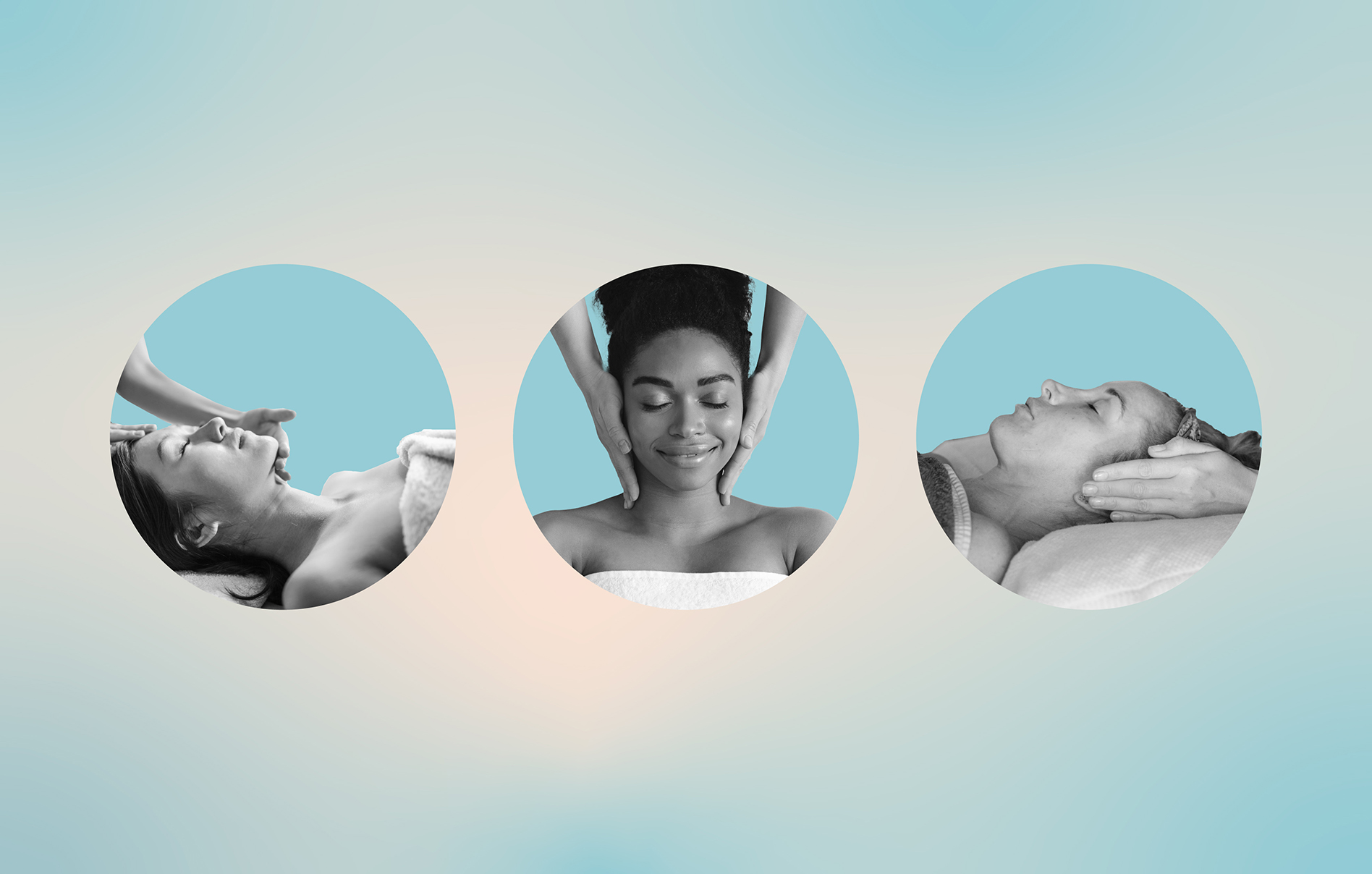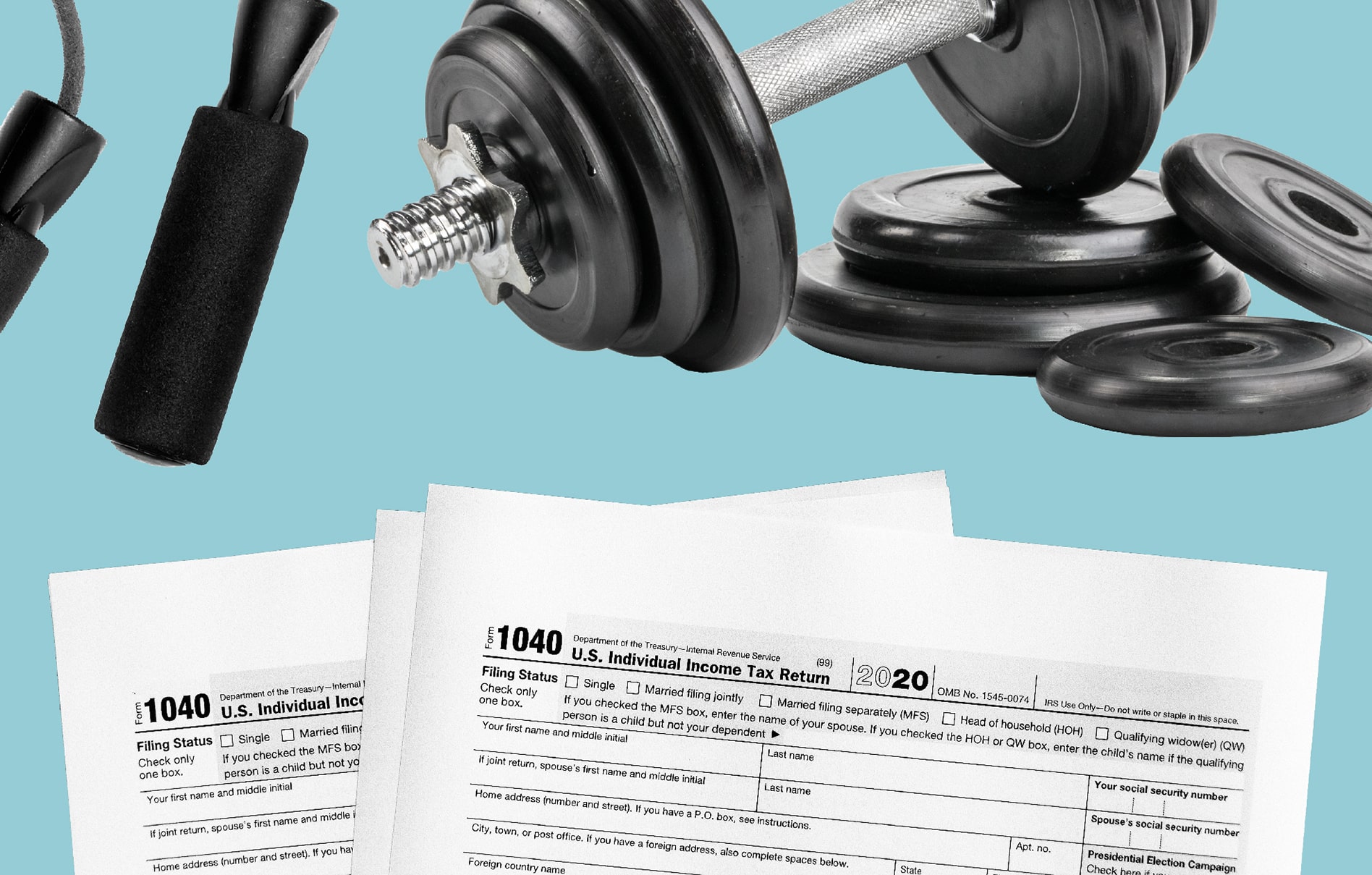Making your fitness classes more disability-inclusive is a great thing — for clients with special needs and for your fitness business.
Whether it’s clients with mobility issues or cognitive impairments, training disabled clients can be fun and rewarding for everyone involved.
But how exactly do you make your group fitness classes more disability-inclusive? And what does adaptive fitness for clients with special needs look like?
In this blog, we’ll answer some of those big questions around disability-inclusive fitness.
We’ll also give you the info you need to incorporate disabled fitness classes into your regular fitness offerings!
Looking for specific info? Feel free to jump ahead. 👇
- How do you make your fitness classes more disability-inclusive?
- Are there any certifications for teaching special needs/disabled clients?
- What is inclusive fitness theory?
- Bonus: The Planet Fitness disability discount and others!
Pro Guide to Making Your Fitness Classes More Disability-Inclusive
How do you make your fitness classes more disability-inclusive?
Since it is oftentimes difficult for clients with physical or intellectual disabilities to participate in group fitness classes, it’s important that instructors and coaches do what they can to be more inclusive when it comes to disabilities.
Here are 6 ways to make your fitness classes more inclusive for folks with disabilities:
1. Exercise positive communication.
The first thing you can do to make your fitness classes more accessible is keep communication open between you and your clients.
Keep in mind: When communicating with clients who may or may not have disabilities, be sure to treat them as any other client in class.
Simply let them know that you and your staff are there to help if they need assistance.
2. Make it easy to move around your gym or studio.
Of course there are basic amenities that all gyms and studios must follow, per the Americans with Disabilities Act (ADA), but to truly be inclusive for disabled clients, you can go above and beyond the basics.
Take a walk around your gym — in between workout equipment, in between stations, through hallways — and ask yourself if there is truly enough space for someone with a walker or a wheelchair?
Thoughtful changes like this can make a huge difference.
3. Modify exercises and movements.
Be open to modifing exercises and movements to accommodate different abilities and disabilities.
This can involve offering variations of an exercise to cater to different levels of mobility, strength, and coordination.
For example, offering seated or supported versions of standing exercises for participants with mobility issues.
4. Choose images that represent everyone.
Gyms and studios tend to have posters on the wall, or images in marketing materials, and you want those images to represent everyone who comes into your space.
Since most stock images for fitness tend to show able-bodied athletes, it’s worth taking the time to seek out more inclusive images for all your clients.
5. Offer classes for special populations.
Building a gym or studio that’s open to all body types — including those with mobility issues or cognitive impairments — is an easy way to expand your business.
It also opens your doors to a wider reach of folks in your community.
How about a workout class specifically designed for folks in wheelchairs? Or a program made just for folks with down’s syndrome?
The more diverse your offerings, the more inclusive your classes can be!
6. Offer gym discounts for disabled clients and clients with special needs
For folks with chronic disabilities and special needs, the cost for gym memberships may feel like a burden financially — especially if they’re on a fixed income.
Consider offering a gym discount or waive initiation fees for disabled clients to help minimize barriers for attending your classes.
Pro tip: Are you a fitness pro or personal trainer looking for an online scheduler to manage your classes and help you communicate with clients? Schedulicity’s all-in-one class management app gives you the tools to build your classes, email clients, and accept payments — all under one roof!
Are There Any Certifications for Teaching Special Needs/Disabled Clients?
Yes, there are few special certifications out there for coaching and training disabled clients or clients with special needs.
First up…
Certified Inclusive Fitness Trainer
The go-to certification for training disabled clients is the Certified Inclusive Fitness Trainer Certification.
The National Center on Health, Physical Activity and Disability (NCHPAD) resource center partnered with the American College of Sports Medicine (ACSM) to create this inclusive fitness trainer certification.
The purpose of this certification is “to help you work with people with a physical, sensory or cognitive disability.”
Adaptive Fitness & Special Needs Certification
Certify Strong’s Adaptive & Special Needs Certification is a fully online training program to help trainers work with special needs such as Autism or Down syndrome.
Through their course you’ll learn:
- Skills for manage meltdowns
- Techniques for simplifying exercises
- Counseling methods
- Nutrition recommendations
What Is Inclusive Fitness Training?
Inclusive fitness training is a special type of training for fitness instructors and personal trainers to learn importation information about working with disabled clients.
This valuable training involves both lectures/classwork and hands-on experiences, where attendees learn terminology and exercises for helping folks with a variety of disabilities.
What Is the Planet Fitness Disability Discount?
With a “mission to provide an inclusive and welcoming environment to anyone” who comes in their doors, Planet Fitness is there to provide access and opportunity to clients with disabilities.
To help eliminate barriers, some locations may provide discounts or waive certain fees.
Additional Gym and Fitness Discount for Clients with Disabilities
- YMCA: While not specifically a discount for clients with disabilities, the YMCA offers a “membership for all” program that allows clients to pay for their membership based on their income.






